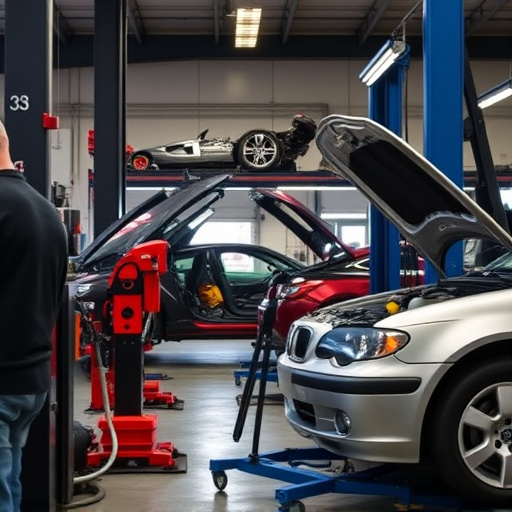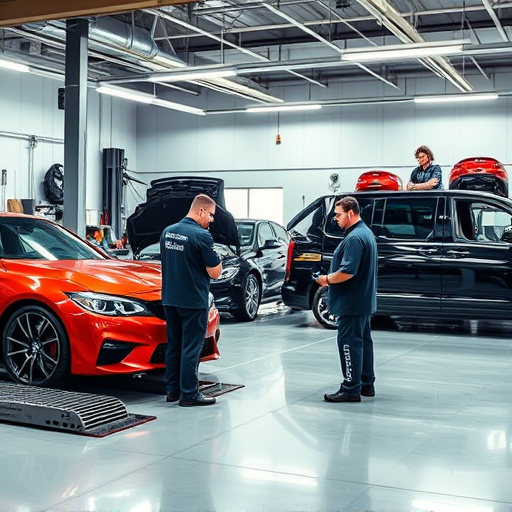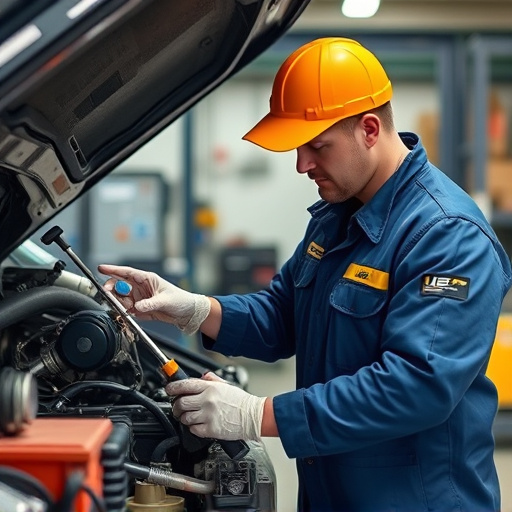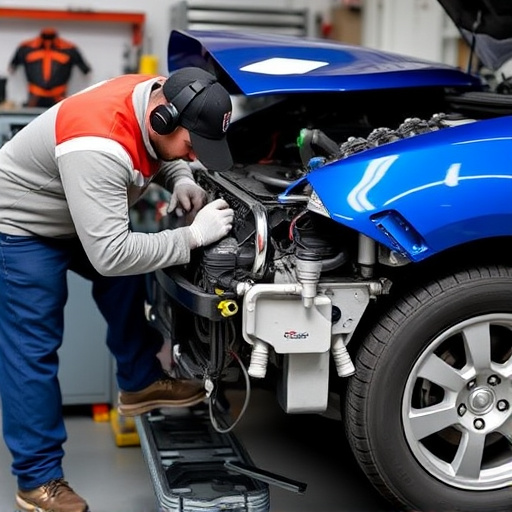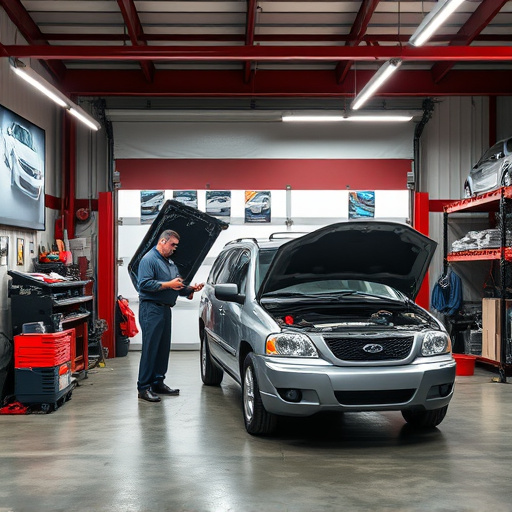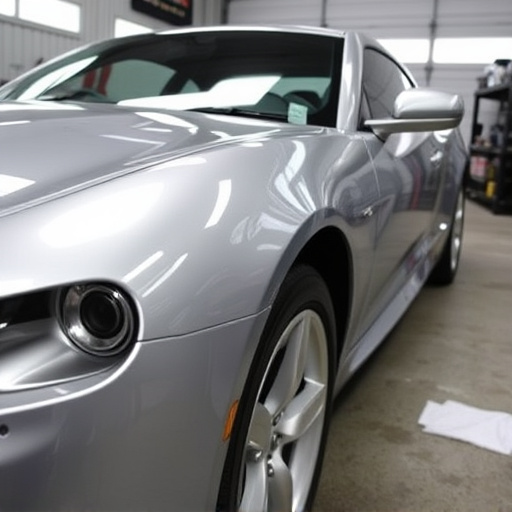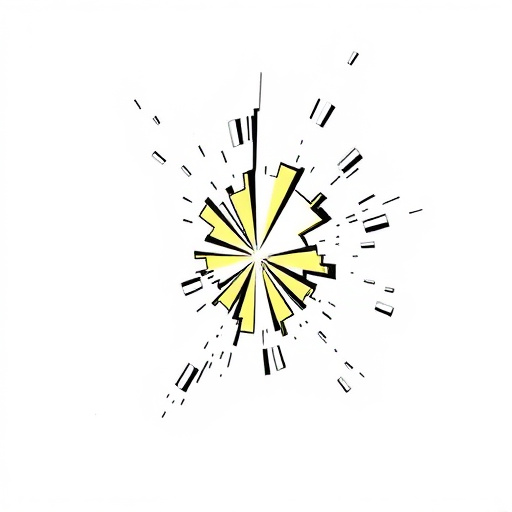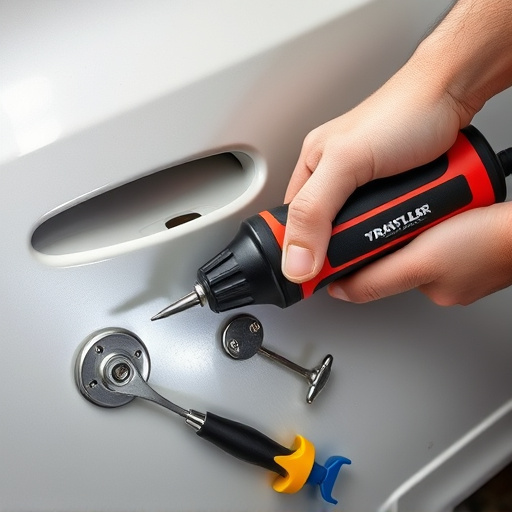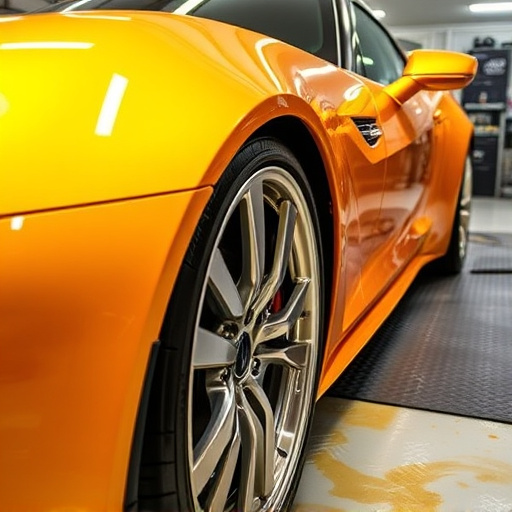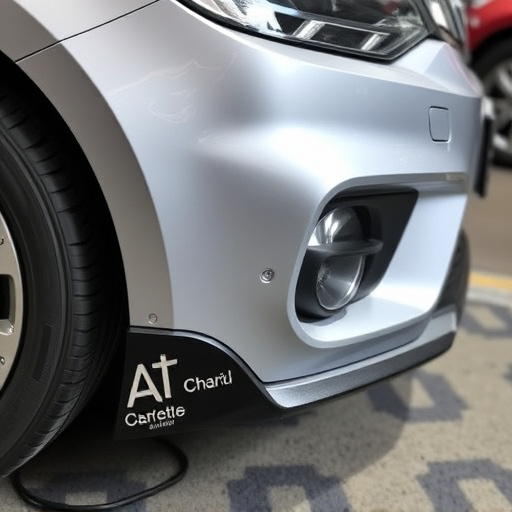In an eco-conscious era, there's rising demand for anti-corrosion materials that replace harmful chemicals. These innovative solutions, developed by manufacturers and researchers, mimic nature's resistance without sacrificing safety or performance, offering easier recycling, protecting against moisture, salt, UV radiation, and reducing environmental impact in auto repairs and waste management. The adoption of anti-corrosion materials revolutionizes industries, providing long-lasting protection while meeting regulatory standards and consumer demand for sustainable products.
In today’s world, adopting environmentally friendly practices has become imperative. Among the various challenges industries face, corrosion poses significant risks. However, exploring eco-friendly anti-corrosion solutions offers a sustainable path forward. This article delves into innovative green alternatives to combat corrosion, highlighting their effectiveness and impact across sectors. Discover how these advanced materials are revolutionizing industries while safeguarding our planet.
- Exploring Eco-Friendly Anti-Corrosion Solutions
- Common Corrosive Elements and Their Green Alternatives
- Impact of Eco-Conscious Materials on Industries
Exploring Eco-Friendly Anti-Corrosion Solutions
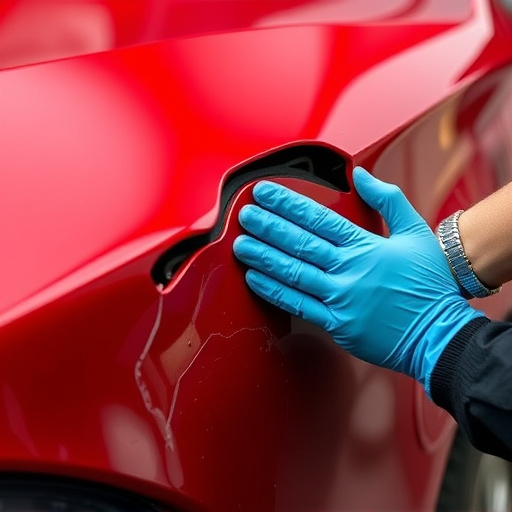
In today’s eco-conscious world, exploring environmentally friendly anti-corrosion solutions is not just a trend but a necessary shift. Traditional methods often rely on harmful chemicals and substances that can persist in the environment, leading to various ecological issues. As such, there’s a growing demand for alternative materials that offer superior protection against corrosion while ensuring sustainability. Manufacturers and researchers are now turning towards innovative options that mimic nature’s resistance without compromising safety or performance.
These eco-friendly anti-corrosion materials not only protect against elements like moisture, salt, and UV radiation but also facilitate easier recycling and disposal. For instance, biopolymers derived from natural sources have shown promise in various applications, including automotive paints and coatings. Thinking beyond aesthetics, these solutions contribute to a greener future by minimizing the environmental impact associated with accidents like fender benders or even minor car scratch repairs, which often require frequent re-coating and can lead to excessive waste if not properly managed.
Common Corrosive Elements and Their Green Alternatives
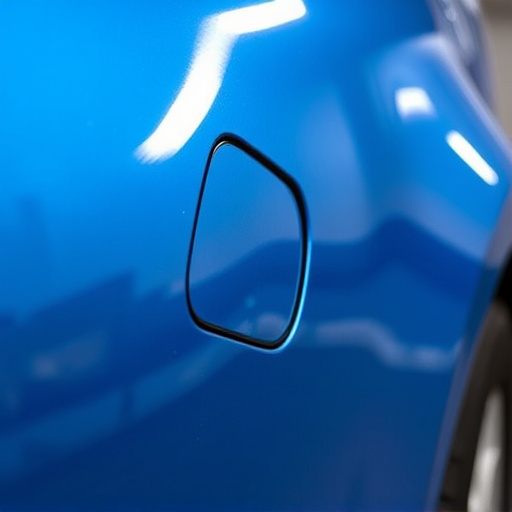
Corrosion is a significant issue that can lead to substantial environmental impact and costly repairs in various industries, especially automotive sectors. Common corrosive elements include salt (sodium chloride), often used for road de-icing, and industrial chemicals like acids, which are prevalent in certain manufacturing processes. These substances contribute to metal degradation, leading to infrastructure damage and car corrosion, ultimately affecting the entire automotive ecosystem, from auto maintenance to car bodywork services.
Green alternatives are emerging as environmentally friendly solutions to combat these corrosive elements. For instance, using biodegradable de-icing salts or alternatives like calcium chloride can reduce road salt pollution. In industrial settings, implementing eco-friendly practices such as wastewater treatment and neutralization of acidic byproducts before discharge can prevent harmful chemical buildup. These strategies not only protect structural integrity but also promote sustainable auto care, ensuring longevity in car bodywork services while minimizing environmental corroders.
Impact of Eco-Conscious Materials on Industries
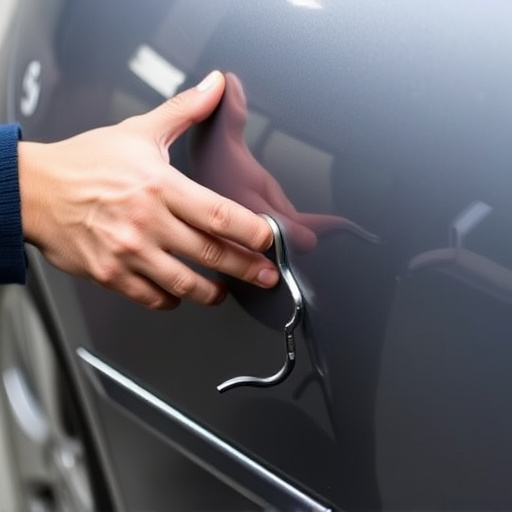
The adoption of eco-conscious anti-corrosion materials is transforming various industries, including automotive sectors like autobody repairs and auto body repair. Traditional methods often relied on toxic chemicals to prevent rust and corrosion, but growing environmental awareness has prompted a shift towards greener alternatives. This trend isn’t just about meeting regulatory standards; it’s a response to consumer demands for sustainable products.
In automotive restoration, for instance, the use of these environmentally friendly anti-corrosion materials offers both performance and peace of mind. They not only protect vehicles from the damaging effects of moisture and rust but also contribute to a cleaner, safer environment by reducing chemical runoff that can pollute water bodies. This change is especially significant in the auto body repair industry, where the demand for long-lasting, corrosion-resistant finishes without harmful side effects is steadily rising.
The shift towards environmentally friendly anti-corrosion materials is not just a trend but a necessary evolution. By understanding the impact of corrosives and adopting green alternatives, industries can significantly reduce their ecological footprint. These eco-conscious solutions offer long-lasting protection while mitigating the environmental damage caused by traditional methods. As we continue to explore sustainable options, the future looks bright for both industry and nature, ensuring a more resilient and harmonious relationship.
